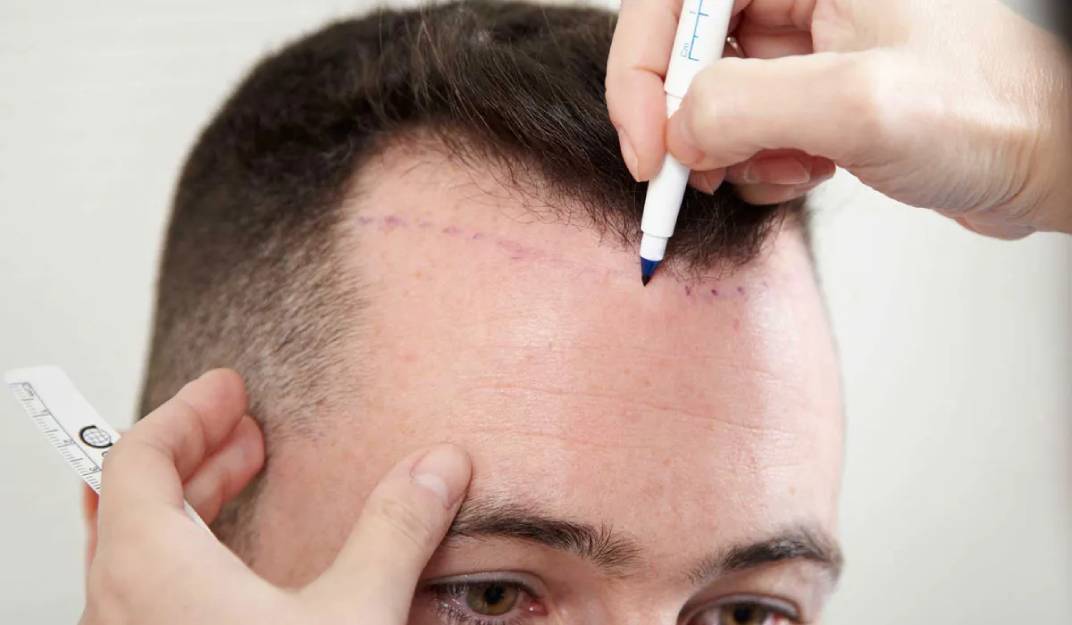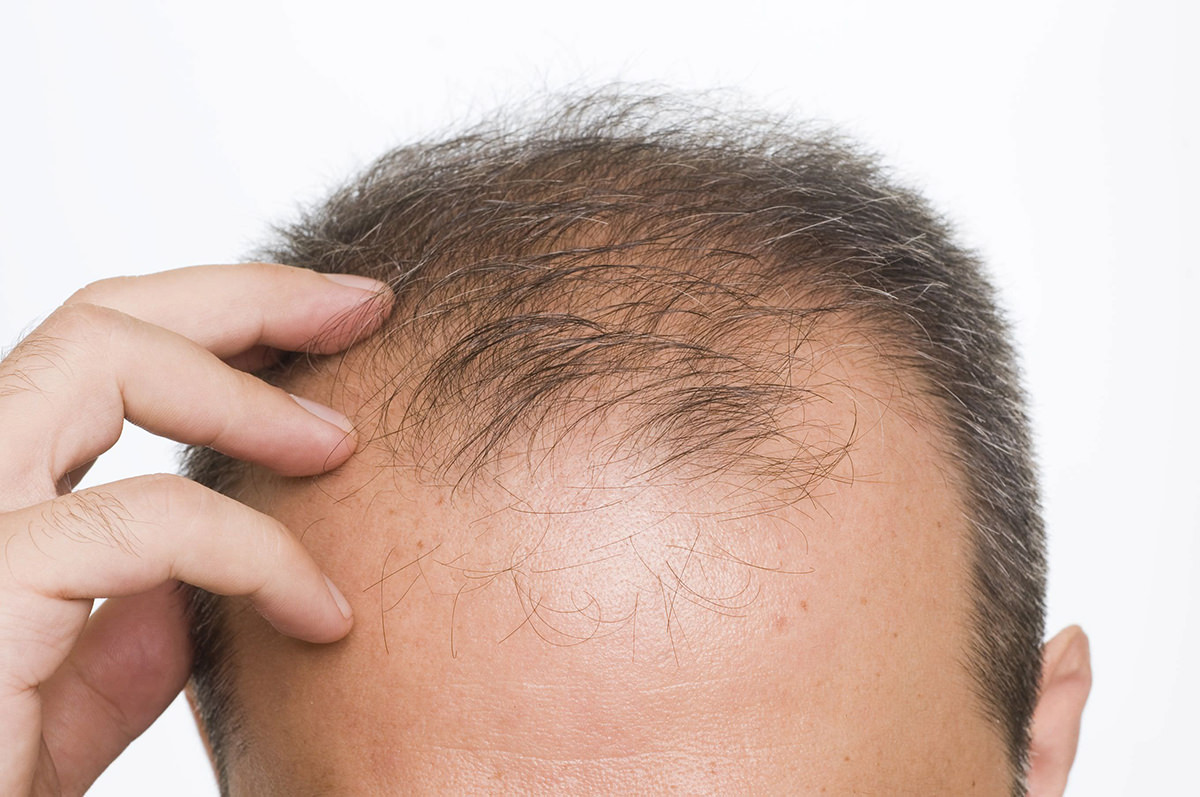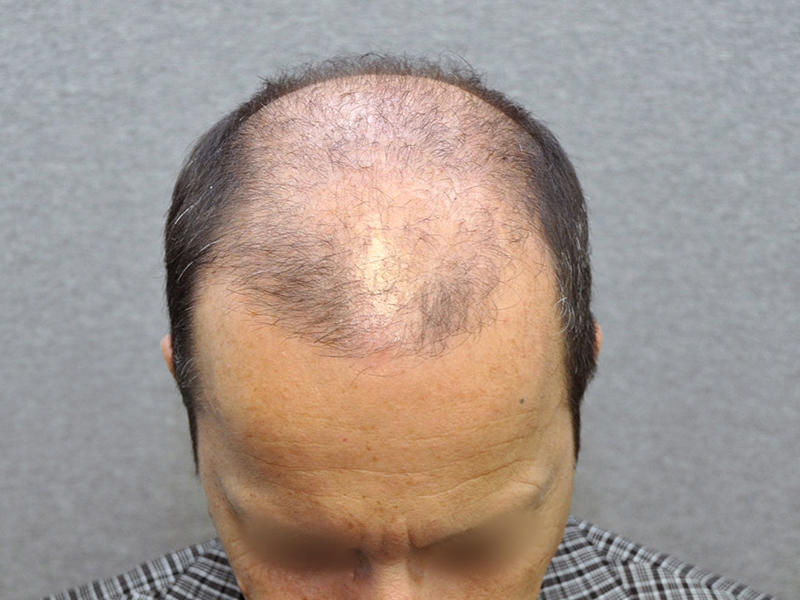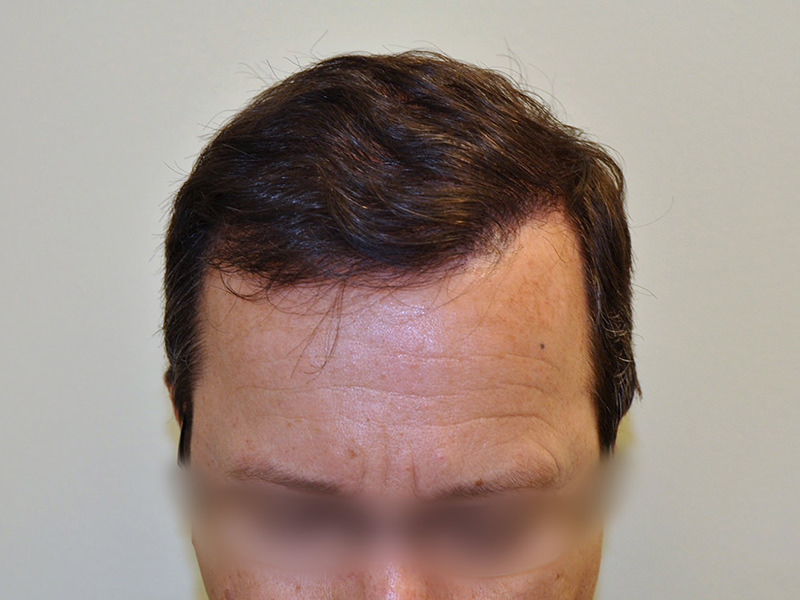
Hair loss is a concern experienced by both males and females. Thinning hair or baldness impacts how others perceive you and, perhaps more significantly, affects your mindset and self-assurance.
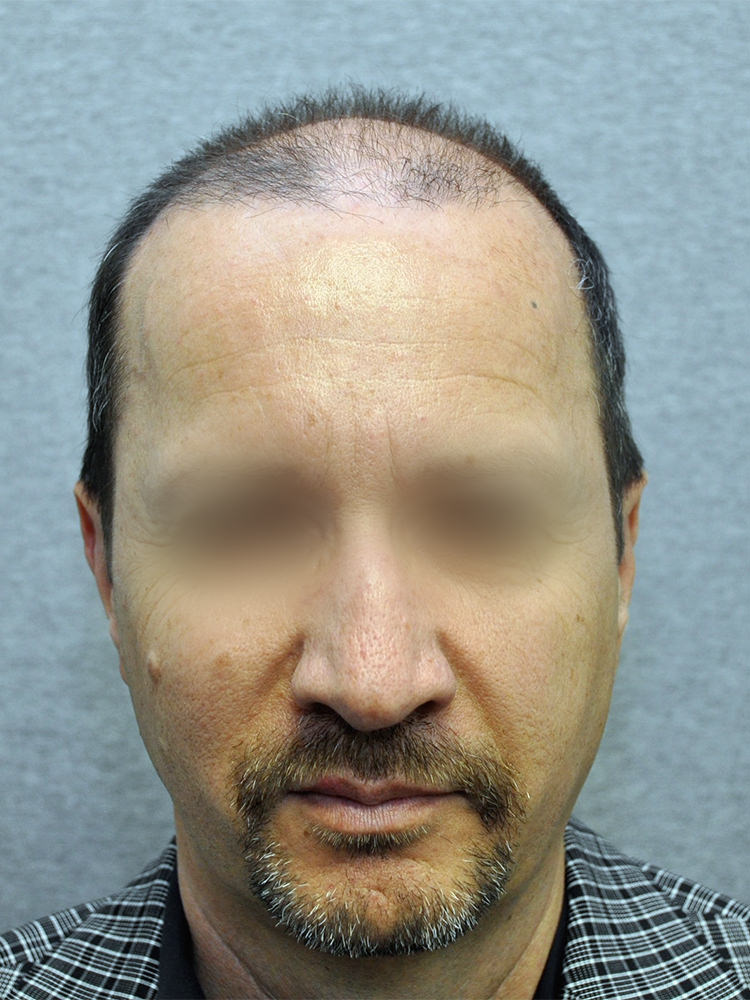
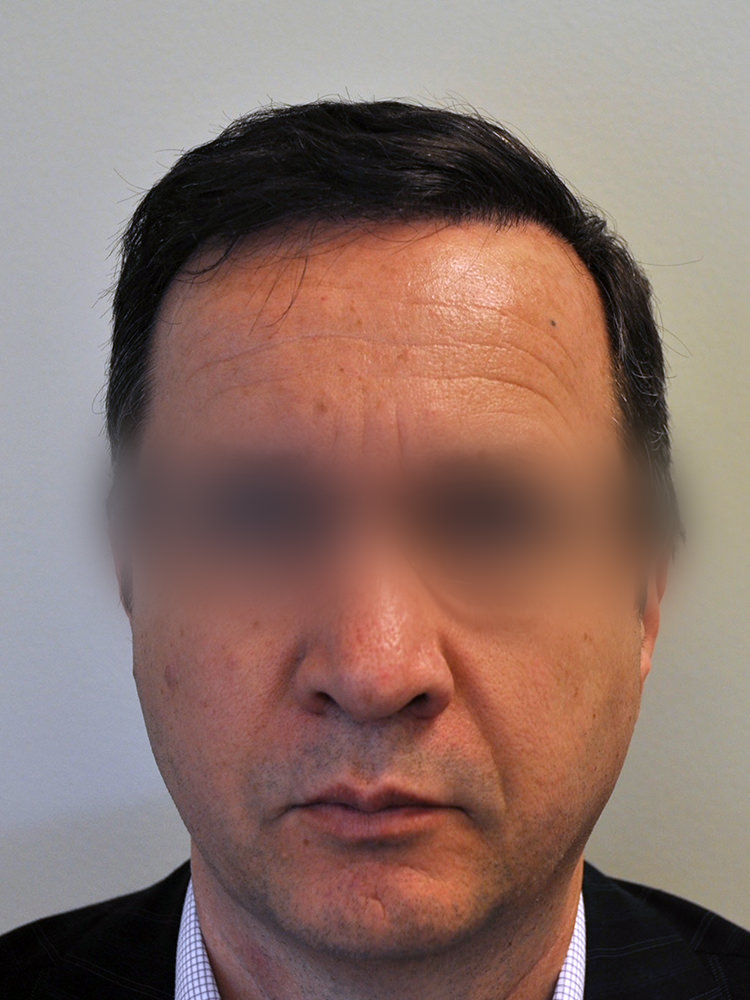
Hair transplantation
Individuals, regardless of gender, experiencing noticeable hair loss, maintaining good health, and lacking any underlying medical conditions necessitating further examination or treatment are eligible candidates for hair transplantation.
At Follicle HT, we offer two main techniques for hair transplants: follicular unit strip surgery (FUT) and follicular unit extraction surgery (FUE).
Currently, approximately 80% of our male patients opt for FUE surgery. However, it’s crucial to acknowledge that both FUT and FUE methods come with their own set of pros and cons. For most male patients, the advantage of the FUE technique lies in its ability to avoid a longer, fine-line scar. This allows the hair in the donor area to be cut to a fade or even shaved with minimal to no visible scarring. This may disadvantage males with longer hair who do not wish to cut short, but the FUT technique may be more suitable. The disadvantage of FUE surgery is that it can take longer and that, theoretically, follicle transection rates can be higher.
Our team at Follicle HT possesses extensive expertise in both techniques, and our surgeons will assist you in determining the most suitable approach for your needs.
Beard and mustache restoration
At Follicle HT, we specialize in restoring beard and facial hair for men with sparse facial hair or those who have lost facial hair due to injuries, burns, or prior surgeries.
Follicular unit grafts for facial hair transplantation are typically sourced from the back and sides of the scalp through either follicular unit extraction (FUE) or follicular unit strip surgery (FUT). Our surgeons will conduct a personalized evaluation and discuss options for enhancing facial hair regions such as stubble, goatee area, sideburns, mustache, and beard.
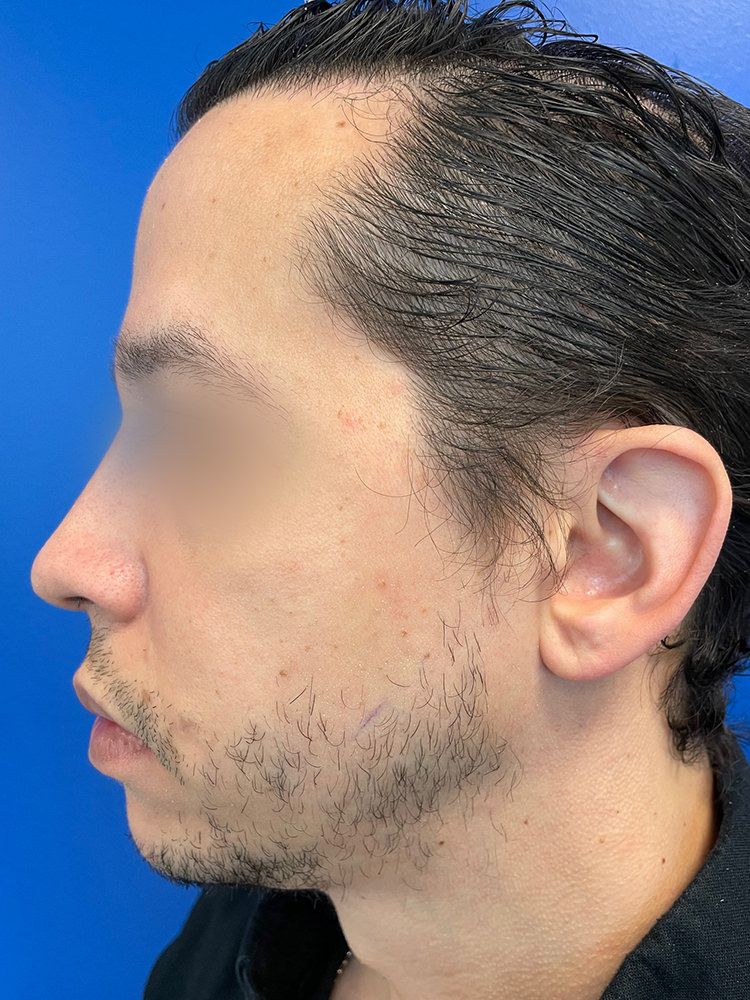
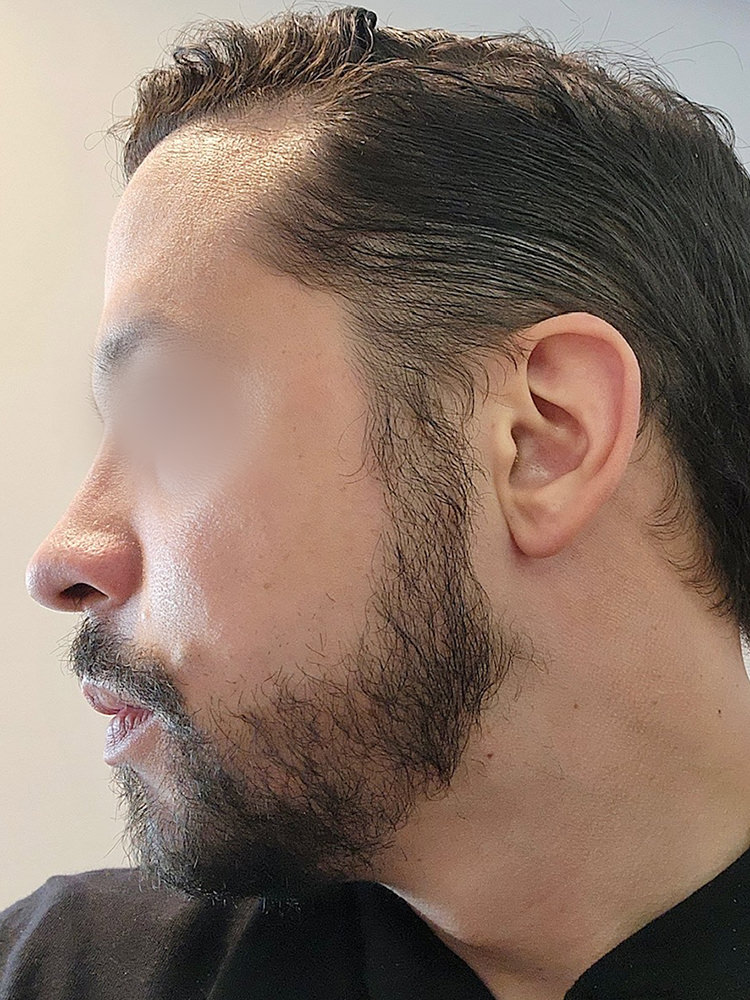
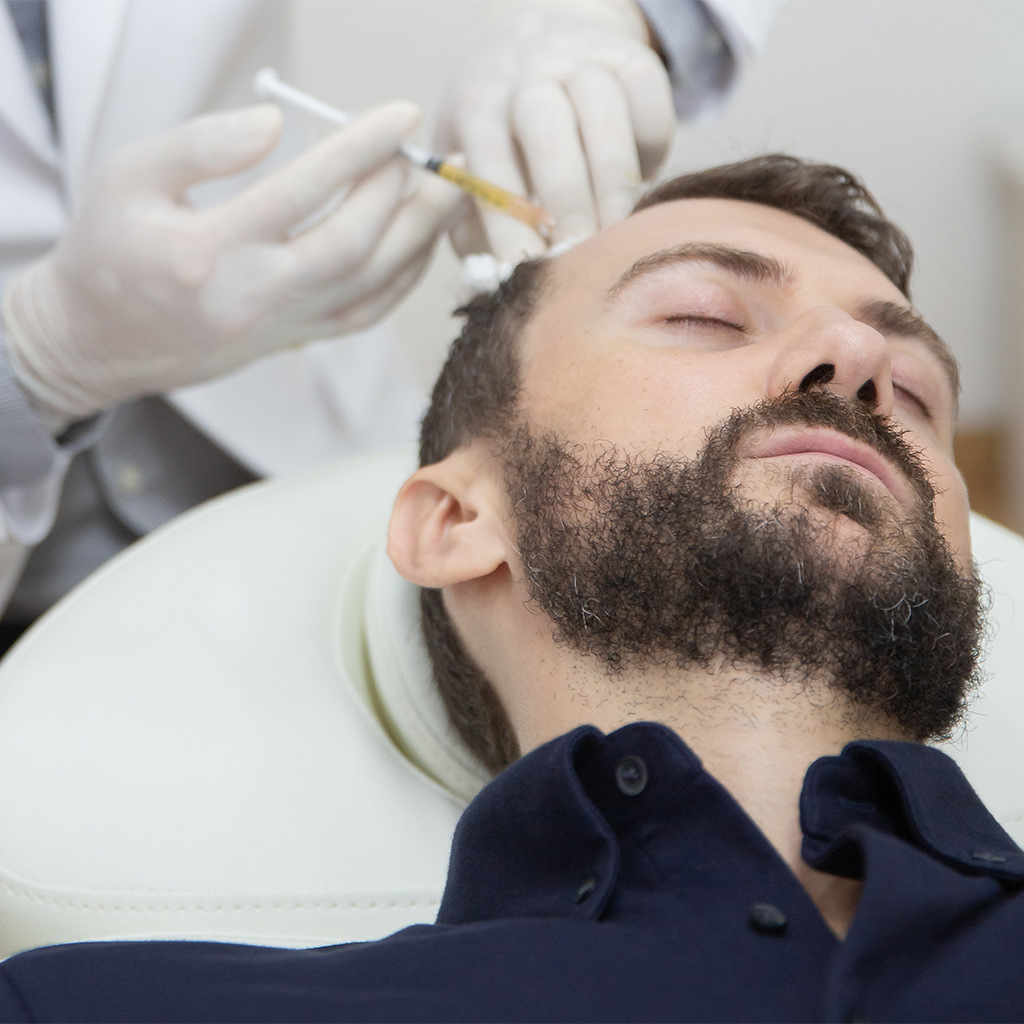
Injections hair restoration
Certain patients opt for medical treatments like hair restoration injections to stimulate graft growth and deter future hair loss.
Medical management
Many patients find relief from male pattern hair loss through medical interventions, with some even witnessing hair regrowth. Leading treatments typically include finasteride (Propecia) and minoxidil (Rogaine).
Propecia blocks the action of 5-α reductase, an enzyme that is responsible for the hormonal changes that lead to male pattern baldness. Propecia will stabilize hair loss in approximately 90% of men who take it. It is essential that patients experiencing male pattern baldness consider medical treatments to preserve, manage, and stabilize their hair loss. If left untreated, pattern baldness will continue to progress.
The crucial aspect of medically preventing hair loss is initiating treatment as early as feasible to safeguard current hair.

Blogs
Our patients’ outstanding results
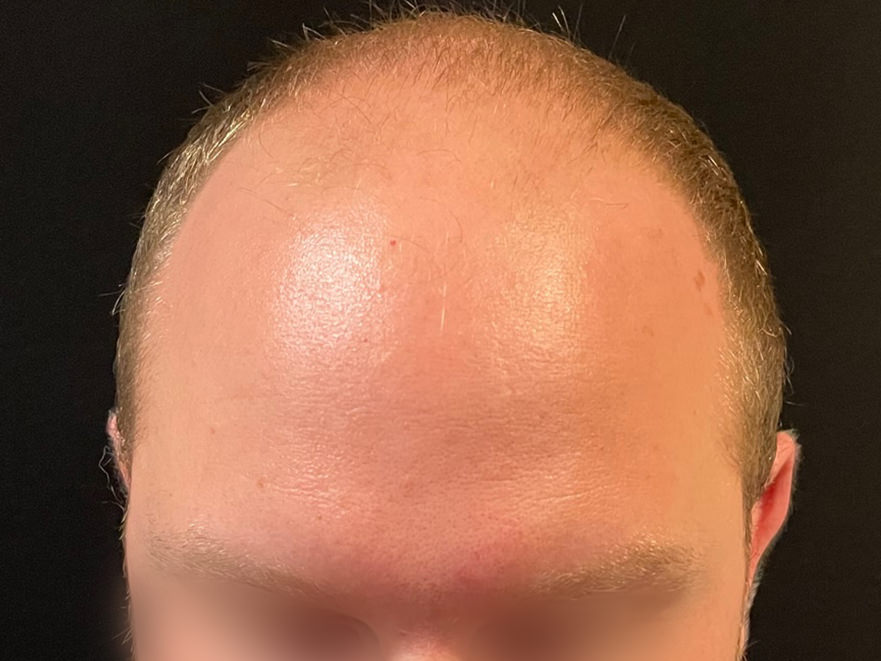
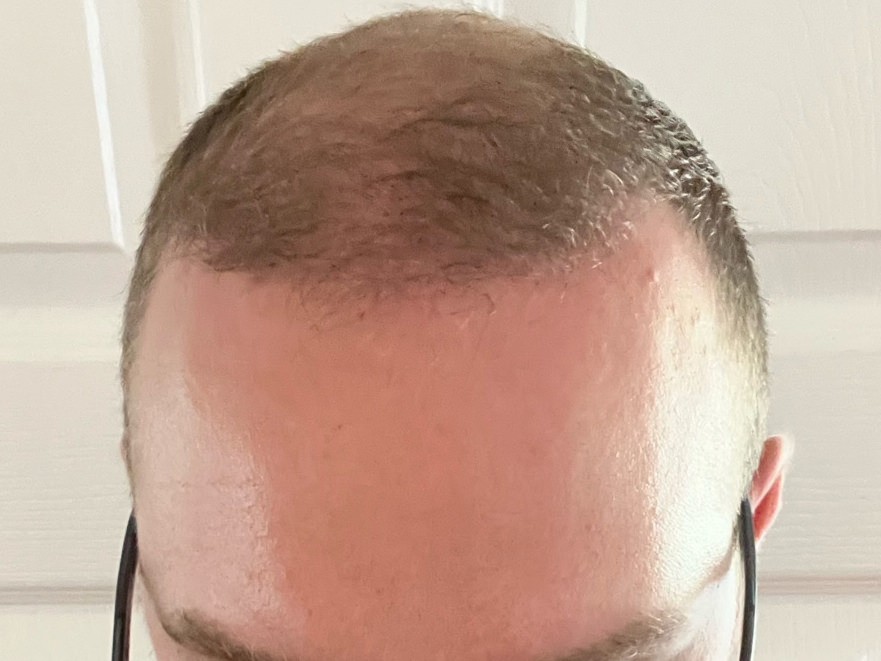
28 year old man who had 2100 follicular units by FUE. The results are about 3-4 months post-op.
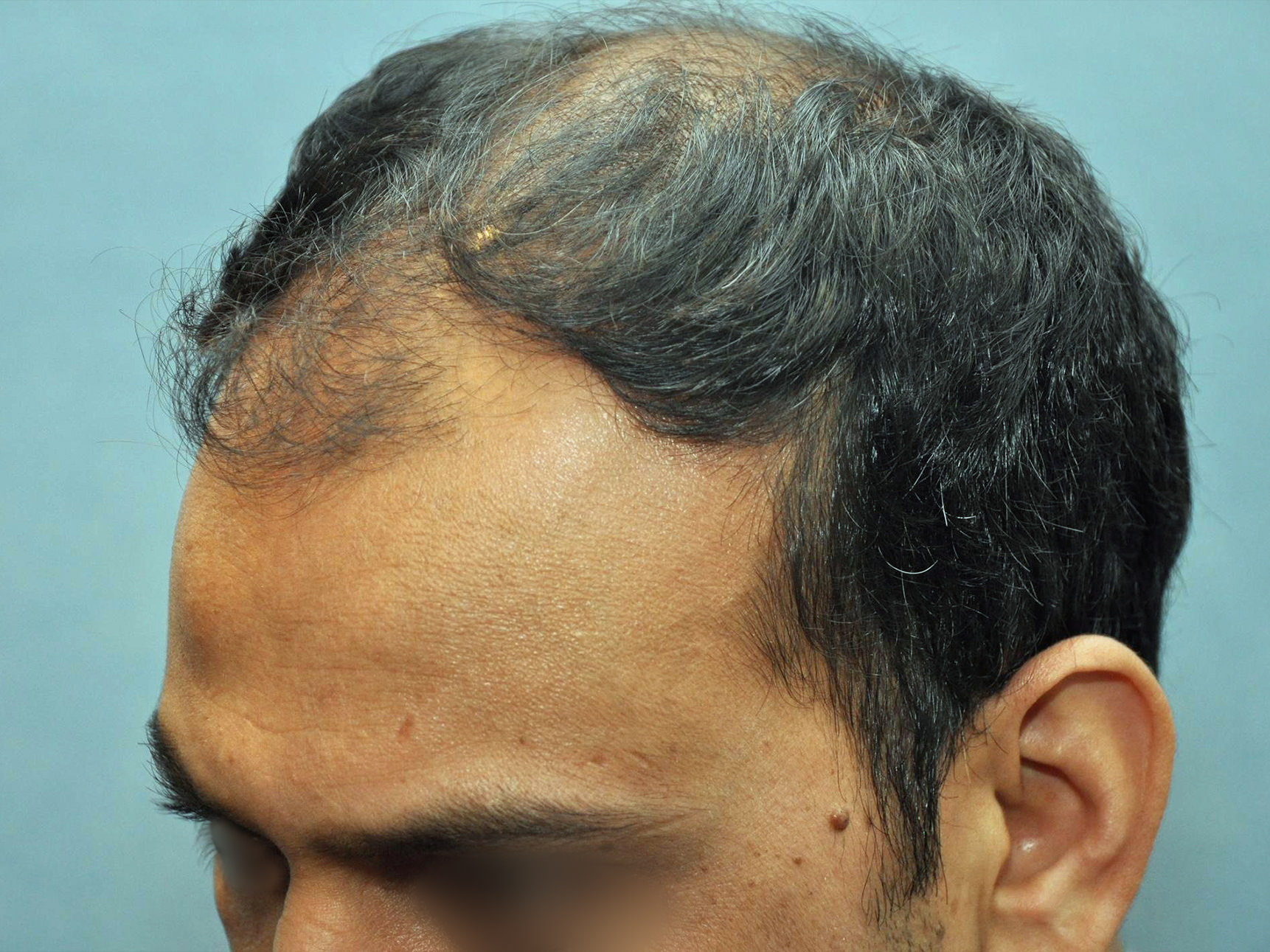
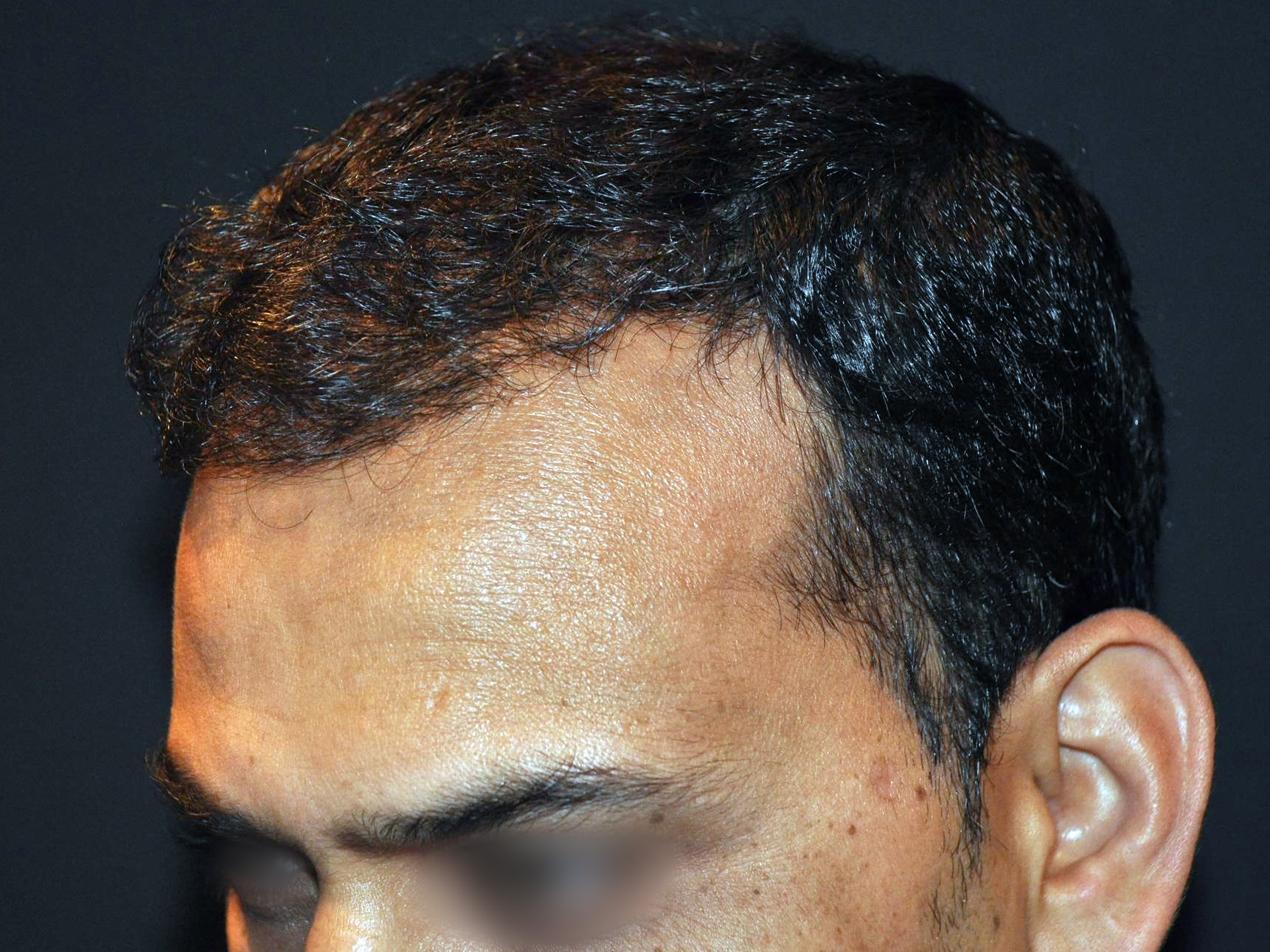
38-year-old male shown following placement of approximately 3700 Follicular unit in two sessions.
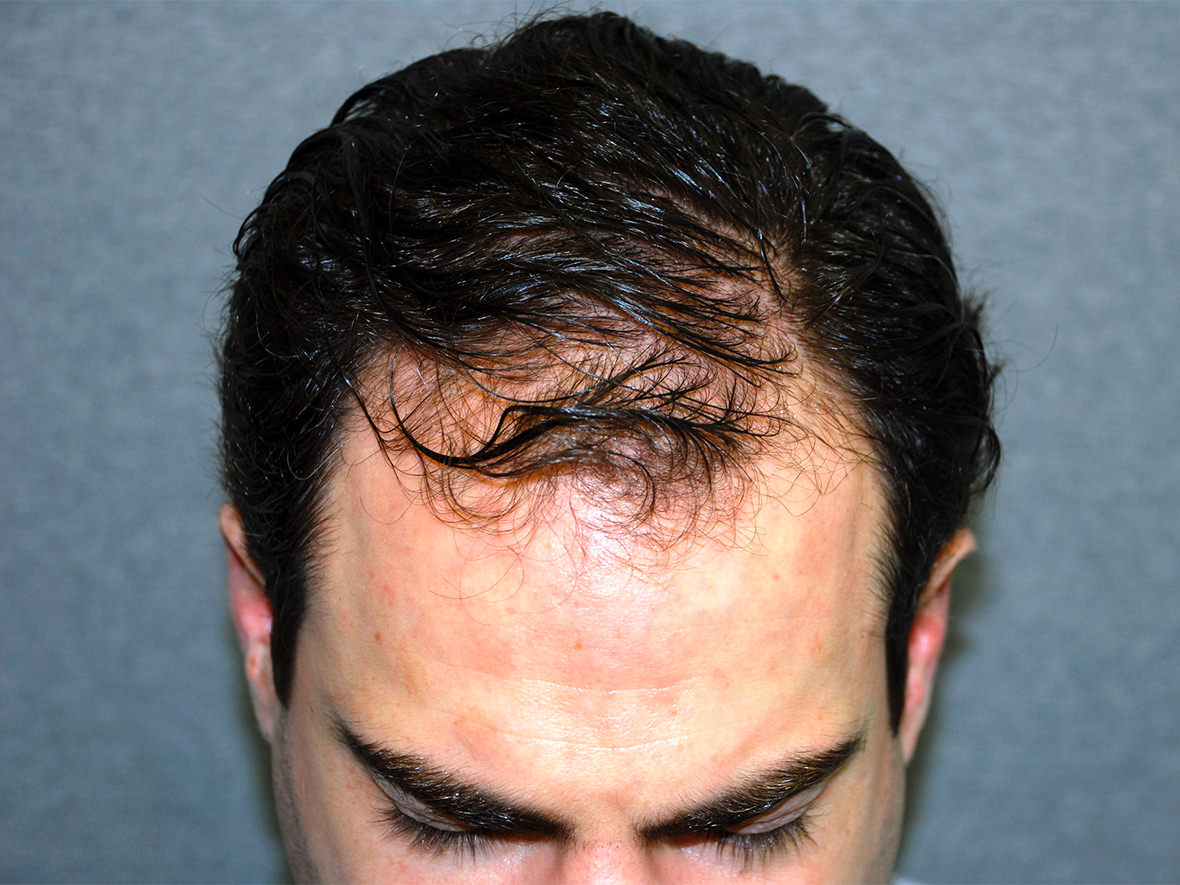
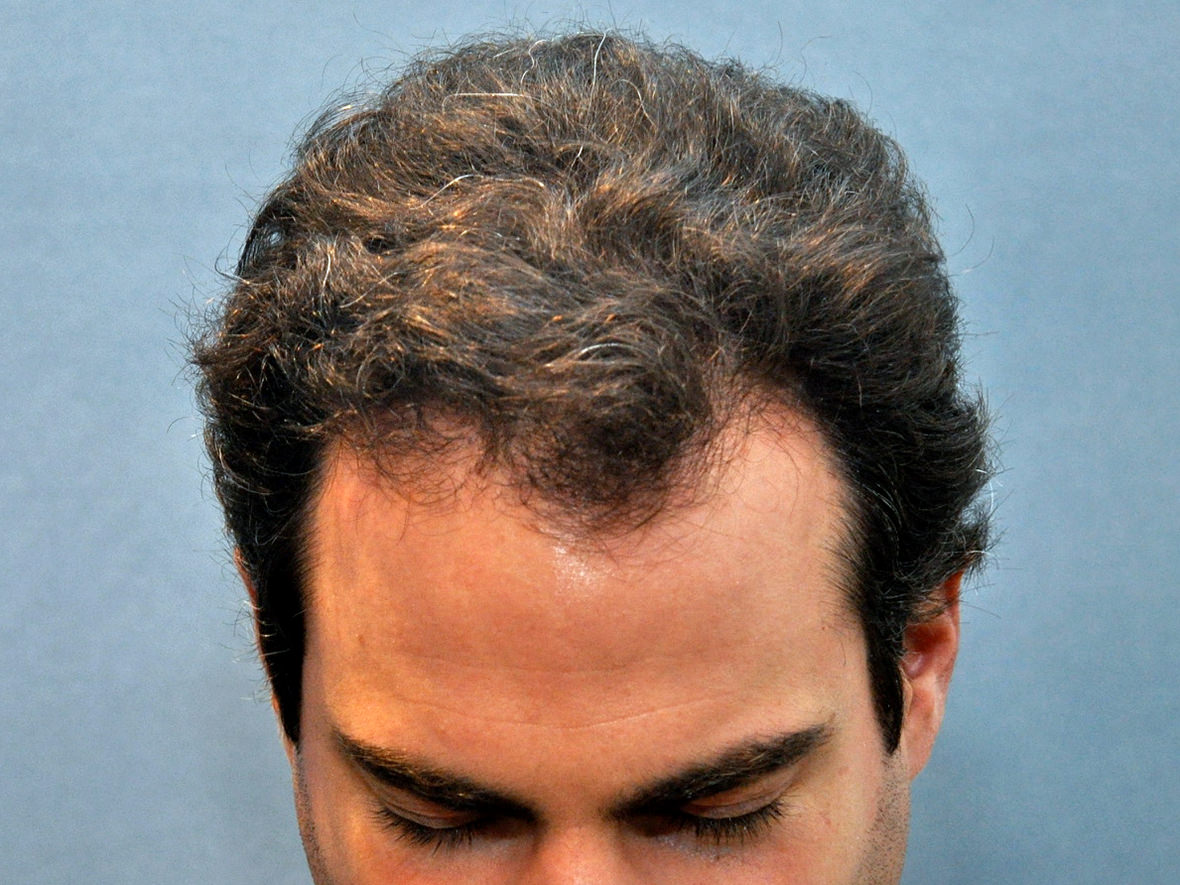
36-year-old male shown approximately one year following 2100 follicular units obtained via FUT.
Why choose Follicle HT for your hair transplant procedure?
In the end, you decide where to undergo your hair transplant procedure. At Follicle HT, we prioritize complete patient satisfaction. We achieve this by offering cutting-edge follicular unit hair transplant surgery in a comfortable, fully accredited surgical facility, ensuring adherence to the highest standards of comfort and safety.
Dr. Korman and Dr. Solomon are committed to delivering exceptional patient outcomes. They will assist you in determining which specific techniques will provide the most suitable balance of coverage, density, and natural appearance for your hair transplant. Our doctors will personally guide you through every stage of your journey, from the initial consultation to the actual procedure.
AM I A CANDIDATE?
Our Hair Loss Self Evaluation tool can help you decide if a hair transplant is the right procedure for you.
CONTACT US
START YOUR TRANSFORMATION TODAY
Your hair transplant journey begins with your decision to make a positive change.
At Follicle HT, our philosophy is that modern hair transplantation is a freedom granting procedure. We strive to help all our patients look and feel their very best by having the full range of options available.
Let’s open a discussion, see how we can help!



